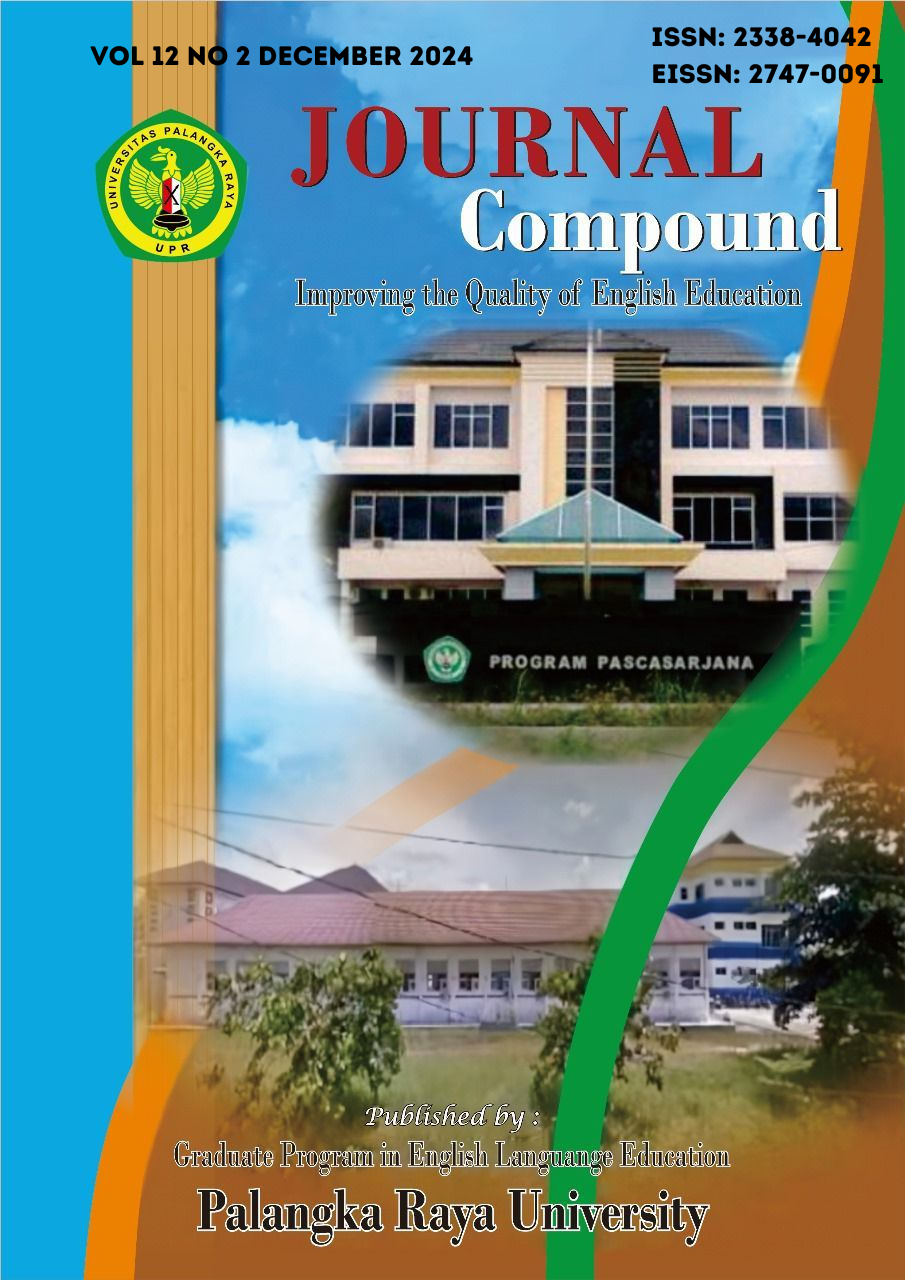UNVEILING STRUCTURAL IRONY: A PROPPIAN ANALYSIS OF ROALD DAHL’S “LAMB TO THE SLAUGHTER”
DOI:
https://doi.org/10.37304/jcp.v12i2.20302Keywords:
Proppian Analysis, Narrative Structure, Gender Subversion, Modern Folktale, IronyAbstract
This paper examines Roald Dahl’s Lamb to the Slaughter using Vladimir Propp’s Morphology of the Folktale to uncover the underlying structural and character functions embedded within the narrative. Although classified as a modern domestic crime story, the tale aligns with traditional folktale structures through its sequence of narrative functions and character archetypes. By mapping Propp’s 31 functions and seven spheres of action onto the story’s events, this analysis reveals how these classical elements are preserved, inverted, or subverted to create irony and critique societal expectations, especially those surrounding gender and justice. Mary Maloney, the central character, structurally embodies the role of the “hero,” despite committing a crime, while other roles such as villain, helper, donor, and false hero are cleverly reassigned. The study also highlights how the narrative challenges the conventional notion of justice and authority, revealing the flexibility and relevance of Proppian theory when applied to modern literature. Ultimately, this research affirms the enduring utility of structuralist frameworks in revealing hidden ideological dimensions in contemporary storytelling.
Downloads
Downloads
Published
How to Cite
Issue
Section
License
Copyright (c) 2024 Journal Compound : Improving the Quality of English Education

This work is licensed under a Creative Commons Attribution 4.0 International License.








